Fuses and relays
Fuses
If electrical components in the
vehicle are not working, a fuse may
have blown. Blown fuses are
identified by a broken wire within
the fuse. Check the appropriate
fuses before replacing any electrical
components. 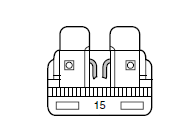
Note: Always replace a fuse with one that has the specified amperage rating. Using a fuse with a higher amperage rating can cause severe wire damage and could start a fire.
Standard fuse amperage rating and color
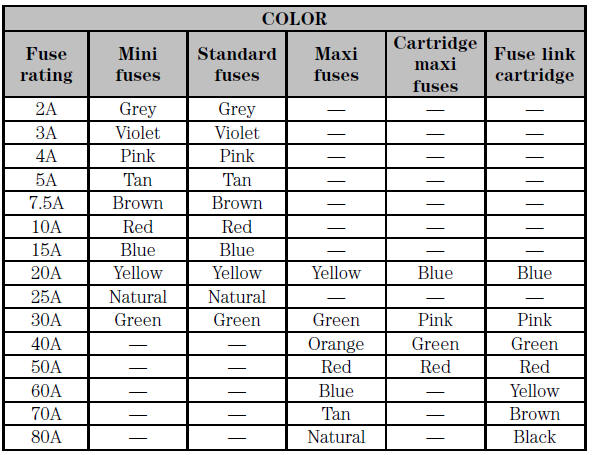
Passenger compartment fuse panel
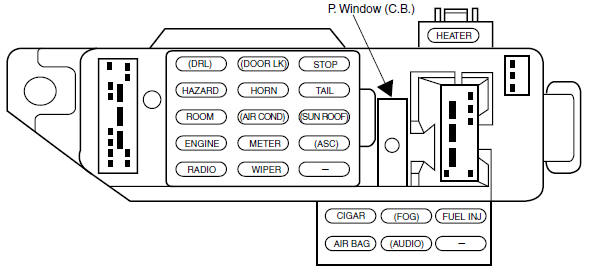
The fuses are coded as follows:
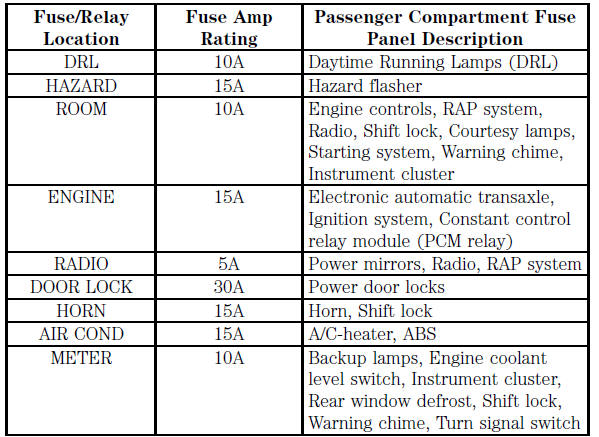
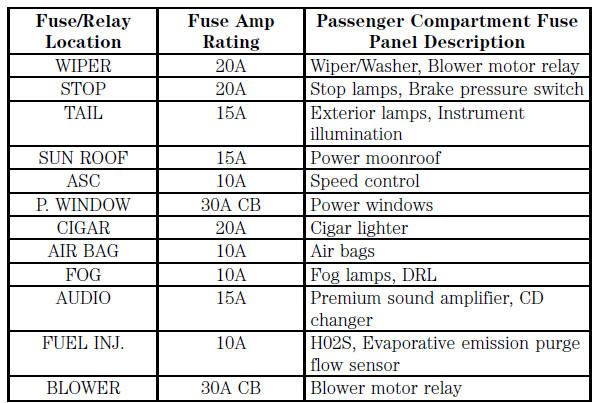
Power distribution box
The power distribution box is located in the engine compartment. The power distribution box contains high-current fuses that protect your vehicle's main electrical systems from overloads.
Always disconnect the battery before servicing high current fuses.
Always replace the cover to the power distribution box before reconnecting the battery or refilling fluid reservoirs
If the battery has been disconnected and reconnected, refer to the Battery section of the Maintenance and specifications chapter.
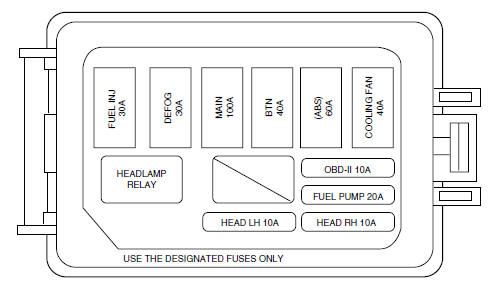
The high-current fuses are coded as follows.
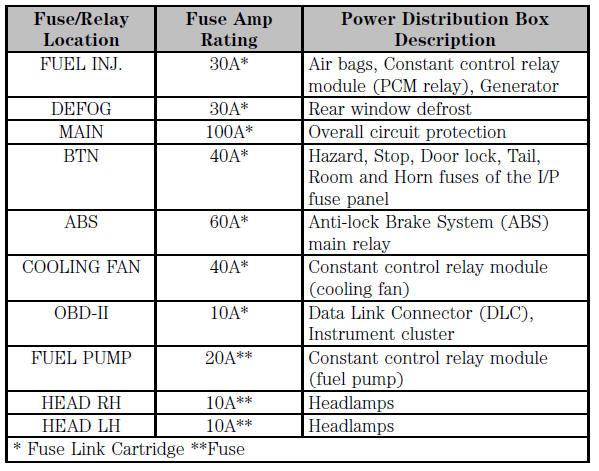
Relays
Relays are located in the power distribution box and should be replaced by qualified technicians.
See also:
Thermo-time switch - removal and refitting
Removal
1 Disconnect the battery negative lead.
2 Drain the cooling system as described in
Chapter 1.
3 Raise the front of the car and support it on
axle stands (see “Jacking and Vehicle
Support ...
Fuel and exhaust systems - fuel injection
General information and precautions
General information
2.0 litre SOHC models
The fuel injection system fitted to these
models is of the Bosch L-Jetronic type. The
system is under the overall con ...
Intensive maintenance
If, from the time the vehicle is new, the
routine maintenance schedule is followed
closely and frequent checks are made of fluid
levels and high wear items, as suggested
throughout this manual, th ...
